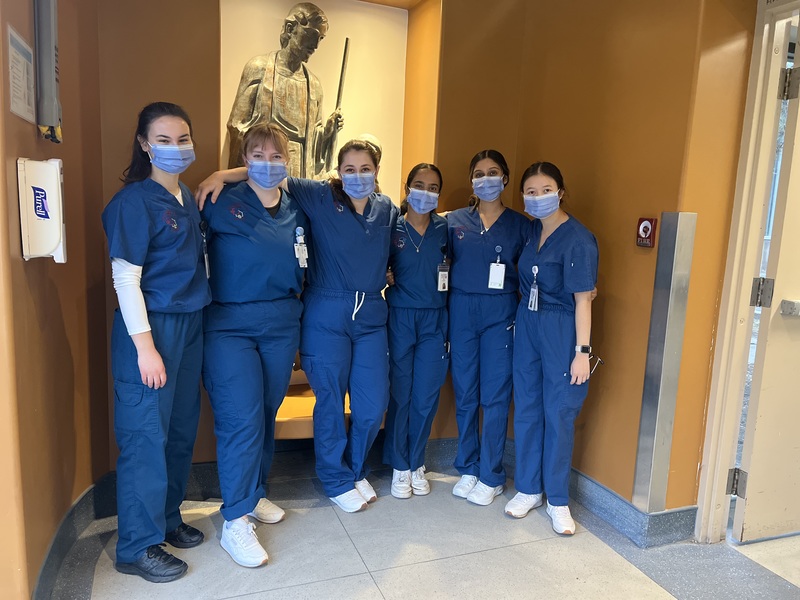Conclusion
Ultimately, the work of the Women’s Emergency Committee and the advocacy done by many groups eventually led to the improvement of veterans' health and, therefore, the entire medical system (12). The stories and experiences these archives tell greatly mirror current events in Canadian healthcare. As a nursing student, this project was significant to me since I am preparing to navigate a broken health system. While active voices exist in our society, much advocacy is needed to improve the current system. However, seeing the Women’s Emergency Committee's work has proven that change is possible, especially when it is led by strong, female identifying individuals.
As the health care crisis in Ontario and Canada continues, nurses have made steps to improve the situation, but there is still a long way to go. The articles and letters featured in this exhibit have demonstrated that the state of the health system directly impacts the health of the patient. Therefore, the worse the system, the more likely the patients will suffer. This is evident today and is something that I as a nursing student witness every time I go to the hospital. It is hard to witness these situations consistently and not be able to do anything because it is completely out of your control. Therefore, Judith Robinson’s collection relates to the current crisis as it demonstrates that action needs to occur collectively, not by an individual or a single group. Rather, multiple groups of people must come together to generate change. This proves the message that Canadian nurses have been trying to spread, that advocacy for change needs to come from all of society, not just the health system.

